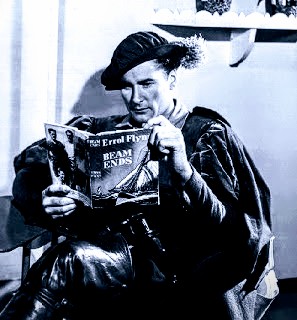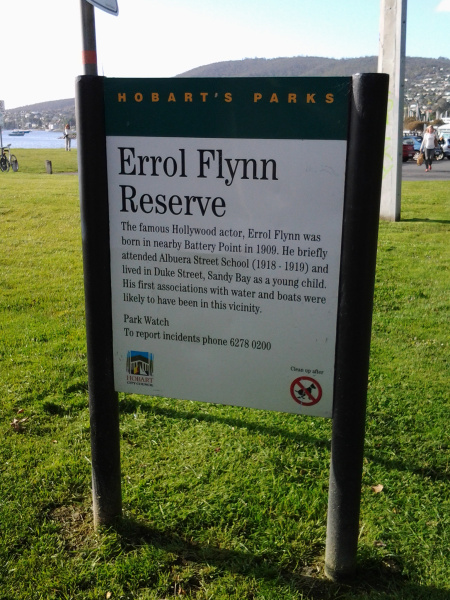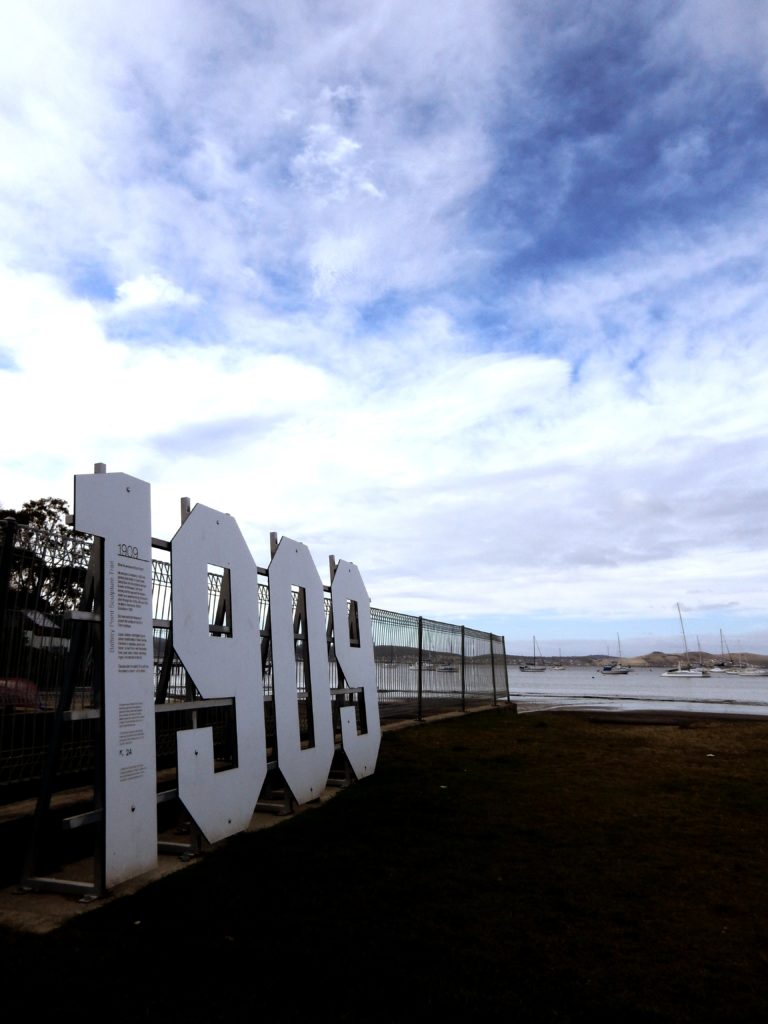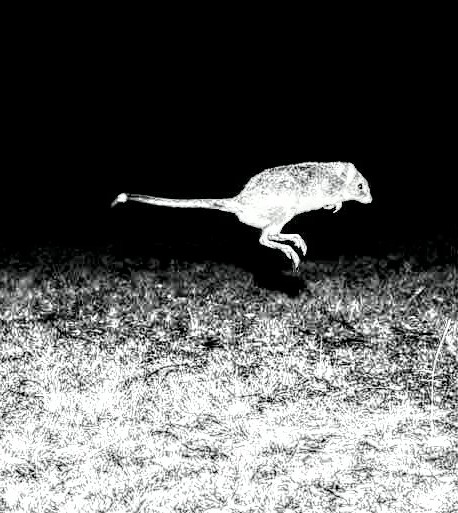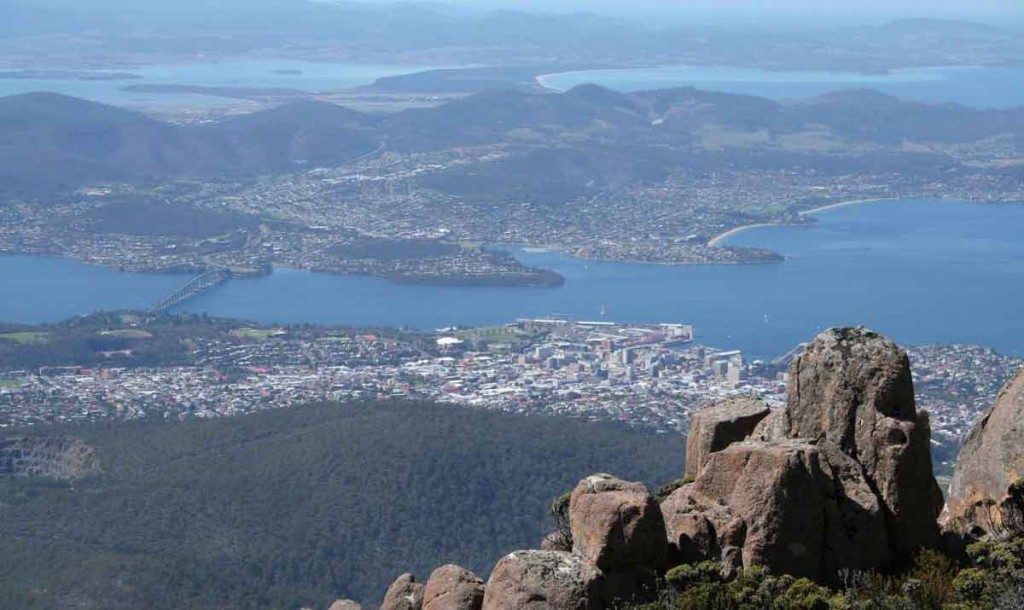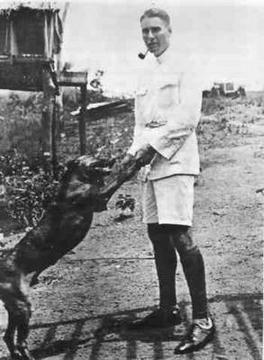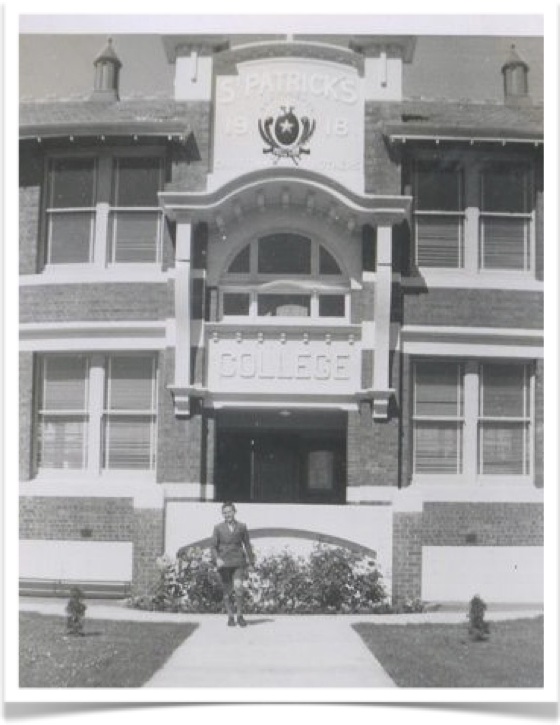March 15, 1920 – Hobart, Tasmania
__________________________________
No, not Errol Flynn! His Dad – Professor Flynn!
On March 15, 1920, Errol’s father, Theodore T. Flynn wrote a letter to the Academic Council of Tasmania University where he taught and was their star professor of biology. Despite his undisputed talents and preeminent achievements, the Academic Council viewed him as unconventional, difficult to control, even rebellious, and was investigating him for allegedly taking university property (home), neglecting his duties, and mismanaging his personal finances (i.e. owing taxes.) Sound familiar? Perhaps like Errol and Warner Brothers?
Rather than cower in his response to TU’s Academic Council, Professor Flynn emphatically protested that he was overworked, underpaid, not properly appreciated, and deserved a significant raise. Sound familiar? Like Father like Son?
Ultimately, Professor Flynn was censured by the University’s Council of Inquiry for “unprofessional behavior”. As a consequence, he decided to return to his alma mater on the mainland, Sydney University, where he earned his Ph.D. and went on to even greater heights and fame as a scientific researcher, writer, and instructor.
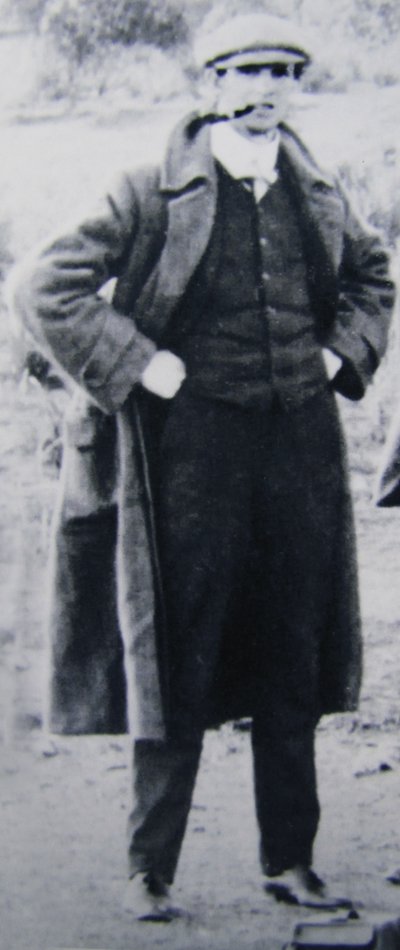
— Tim
